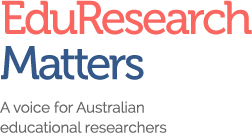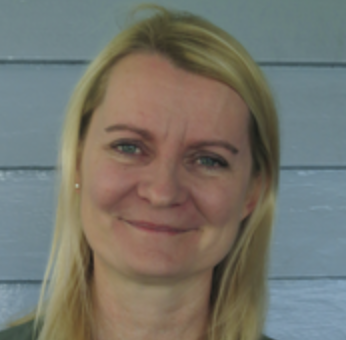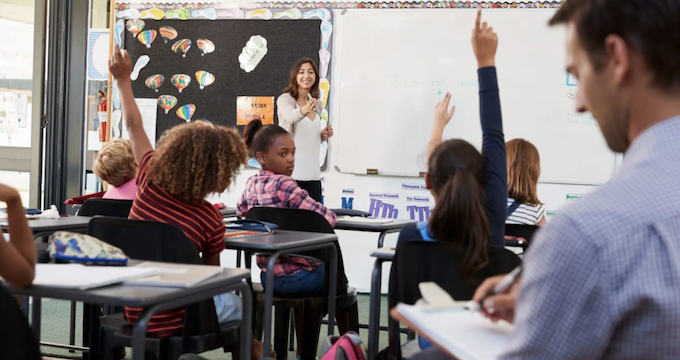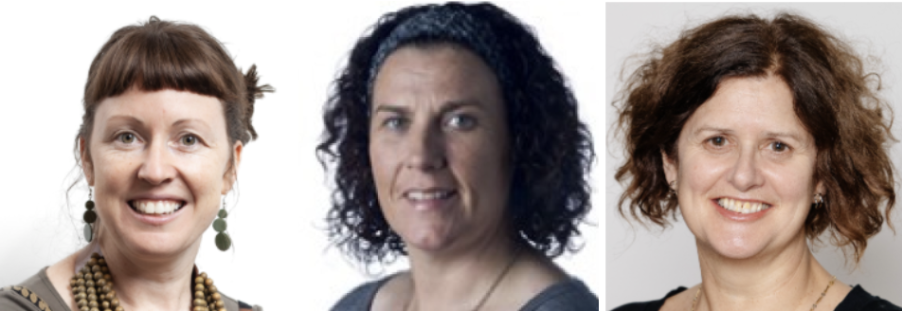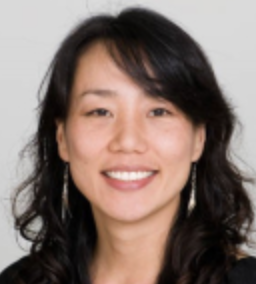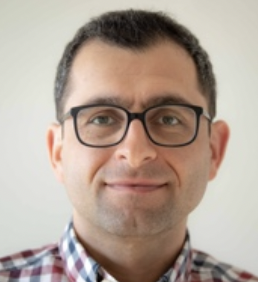Some schools rely on NAPLAN results to identify gifted students, a trend that is leading to many high-potential learners being overlooked and neglected. New research outlines the mistake of using this standardised assessment as the only identification tool for giftedness when it was never designed or intended for this purpose.
There are over 400,000 gifted students in Australia’s schools (approximately 10% of school students), but there are no national identification practices or national means of collecting information about Australian school students who are gifted.It has been over 20 years since the last national inquiry into the education of gifted and talented children in Australia. Despite two senate inquiries (one in 1988 and one in 2001), there are no national initiatives aimed at reducing the impact of ongoing problems in identifying and supporting the needs of gifted learners. It is a national disgrace that gifted students are among some of the most underserved and neglected students in our schools.
The Contentious Belief in NAPLAN for Identifying Giftedness
In education, we constantly strive to uncover and nurture the gifts of our students and develop these into talents, hoping to unleash the full extent of their potential across their lifespan. In Australia, the National Assessment Program–Literacy and Numeracy (NAPLAN) plays a controversial role in evaluating student performance and guiding educational policies and practices. However, there exists a contentious belief that NAPLAN data alone can accurately identify high-potential gifted students. In this blog post, I delve into the fallacy of exclusively using NAPLAN data to identify gifted students.
A Snapshot of NAPLAN
NAPLAN is a nationwide standardised assessment, conducted annually in Australia, designed to assess the proficiency of students in Years 3, 5, 7 and 9, in key learning areas, specifically reading, writing, language conventions, and numeracy. Its main goal is to gauge the effectiveness of the education system and pinpoint areas that may require improvement. NAPLAN was never designed, intended, or validated as a tool to identify giftedness. It was also never designed to make leagues tables for comparing schools.
What is giftedness?
Gifted students typically exhibit advanced cognitive abilities, exceptional problem-solving skills, and have a high capacity for critical thinking. They often demonstrate creativity, strong motivation to learn (in areas of interest), and an insatiable curiosity. In Australia, the terms gifted and talented are often used as synonyms where in fact they have separate meanings. Giftedness is defined using Gagné’s Differentiating Model of Giftedness and Talent (DMGT). In this Model, gifted individuals are understood to have (sometimes as yet unidentified) potential to excel across various domains, including intellectual, (e.g., general intelligence); creative (e.g., problem-solving); social (e.g., leadership); and motor control (e.g., agility).
On the other hand, the Model associates the term talent with performance, accomplishment or achievement, which is outstanding mastery of competencies in a particular field. The term talented is used to only describe individuals who are among the top 10 percent of peers (e.g., leading experts in their field) in any of nine competencies, including academic (e.g., mathematics); technical (e.g., engineering); science and technology (e.g., medical); the arts (e.g., performing); or sports (e.g., athletic talents).
Giftedness seems to be a misunderstood word in Australia. It is often incorrectly construed as referring to people who apparently ‘have it all’, whatever the elusive ‘it’ might be! Anyone who has any experience with giftedness would know that this is an elitist and unrealistic view of gifted learners and indeed, gifted education. In Australian education systems that are based on Gagné’s Model, giftedness focuses on an individual’s potential and ways to foster that potential through programs and practices that support the development of giftedness into talent.
Identifying Giftedness
The quest to identify gifted students has been a long-standing objective for education systems that seek to be genuinely inclusive. Research recommends that we should aim to identify exceptional potential as early as possible, providing tailored education to further nurture abilities. Naturally, the notion of using standardised test data, such as NAPLAN results, can be appealing because of its relative ease of implementation and data generated. But giftedness is not always demonstrated through achievement or performance. Rather, what NAPLAN may identify is some form of talent if we are using Gagné’s definitions.
Giftedness can coexist with other exceptionalities, such as disabilities, where a student is said to be twice-exceptional (or a gifted learner with disability). The twice-exceptionality stems from the two exceptionalities—individuals who are gifted (exceptional potential ) and have coexisting disabilities (e.g., learning, physical, or emotional), and therefore, require unique educational support that addresses both exceptionalities.
Why is Identification Important?
Many students can have their educational needs addressed in a typical classroom, but gifted learners often need specific interventions (e.g., extension, acceleration), or something different (e.g., specific curriculum differentiation), that engages their potential, in areas such as creativity, problem-solving, and curiosity, to develop these natural abilities into competencies and mastery.
There remains a persistent myth that gifted students are so clever that they will always do just fine on their own, without specific support. Yet, we would never expect a gifted tennis player, or a gifted violinist to do “just fine” on their own—the expectation would be for expert, tailored coaching along with extensive opportunities for practice and rehearsal to develop the student’s potential. Coaches focus on the individual needs of the student, rather than a standardised teaching program designed to suit most, but not all. Still, in Australia many claim to have misgivings about introducing anything ‘special’ for gifted students, while not having the same reservations with respect to athletically gifted or musically gifted students.
What Happens if Gifted Learners are Not Supported?
Failing to support the unique needs of gifted students at school can have significant and detrimental consequences on the students and on education systems and societies. Gifted students who are not appropriately challenged and supported may become disengaged and underachieve academically. Some researchers have estimated that 60%-75% of gifted students may be underachieving.
Becoming bored in the classroom can cause disruptive behaviour and a lack of interest in school, leading to problems such as school ‘refusal’ or ‘school can’t’, disengagement and school ‘drop out’ (estimated at up to 40% of gifted students). This perpetuates a cycle of missed opportunities and undeveloped potential. Furthermore, without appropriate support, gifted students may struggle with social and emotional challenges, feeling isolated from their peers because of their unique interests and abilities. This can lead to anxiety, depression, or other mental health issues.
When gifted students are not recognised and supported so that their giftedness can be transformed into talents, they may develop feelings of inadequacy or imposter syndrome. This can lead to decreased self-efficacy and self-confidence. Failing to identify and support gifted students means missing out on nurturing exceptional gifts that deprives the world of potential future leaders, innovators, medical researchers, and change-makers.
Gifted students from diverse backgrounds, including those from underrepresented or disadvantaged groups, may face additional barriers to identification and support. NAPLAN can be particularly problematic as a misused identification tool for underrepresented populations. Neglecting identification, and subsequently neglecting to address gifted students’ unique needs perpetuates inequity.
Societies and education systems that do not embrace inclusion and equity to the full extent risk continuing cycles of exclusion and inadequate support for giftedness. The OECD makes it clear that equity and quality are interconnected, and that improving equity in education should be a high priority. In Australia, priority equity groups never include giftedness or twice-exceptionality, and fail to recognise intersectionality of equity cohorts (e.g., gifted Aboriginal and Torres Strait Islander students), further compounding disadvantage. When schools fail to support gifted students, these learners can become disengaged and leave school prematurely, impacting social wellbeing and economic growth, and representing a missed opportunity for education environments to be truly inclusive. Inclusive education must mean that everyone is included, not everyone except gifted learners.
The Fallacy Unveiled: Limitations of NAPLAN Data to Identify Giftedness
While NAPLAN may have some merits as a standardised assessment tool, problems have been identified and there have even been calls to scrap the tests altogether. So, it is vital to recognise NAPLAN’s limitations, especially concerning the identification of high-potential gifted students. Some key factors that contribute to the fallacy are the narrow assessment scope, because NAPLAN primarily focuses on literacy and numeracy skills. While these are undoubtedly critical foundational skills, they do not encapsulate the full spectrum of giftedness. Moreover, the momentary snapshot provided by NAPLAN of a student’s performance on a particular day may not accurately represent their true capabilities. Factors such as test anxiety, external distractions, or personal issues can significantly impact test outcomes, masking a student’s actual potential.
Giftedness often entails the capacity to handle complexity and to think critically across various domains. Standardised tests like NAPLAN do not effectively measure the multidimensionality of giftedness (from academic precocity, or potential to achieve academically, to creative thinking and problem solving). Relying solely on NAPLAN data to identify gifted students overlooks those who have potential to excel in non-traditional fields or those who possess such unique gifts.
Embracing Comprehensive Identification Practices
To accurately identify and cultivate giftedness, we must embrace a comprehensive and holistic approach for the purpose of promoting inclusive and supportive educational environments, and for developing talent. Using data from multiple sources in identifying giftedness, including both objective and subjective measures (i.e., comprehensive identification) is the gold standard.
Comprehensive identification practices involve using multiple measures to identify giftedness, with the expectation that appropriate educational support follows. These identification practices should be accessible, equitable, and comprehensive to make sure identification methods are as broad as possible. Comprehensive identification may consist of student portfolios showcasing their projects, psychometric assessment, artwork, essays, or innovative solutions students have devised. This allows educators to gain a deeper understanding of a gifted student’s interests, passions, abilities, and potential.
Additionally, engaging parents, peers, and the student in the identification process can yield valuable perspectives on a student’s unique strengths and gifts, activities and accomplishments, which they may be involved in outside school. This may offer a more well-rounded evaluation. Experienced educators who have completed professional learning in gifted education could play a crucial role in recognising gifted traits in their students.
By appropriately identifying, recognising, and addressing the needs of gifted students, we can create inclusive and enriched educational settings that foster the development of gifted potential in education environments that are genuinely inclusive.
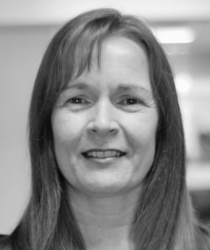
Michelle Ronksley-Pavia is a Special Education and Inclusive Education lecturer in the School of Education and Professional Studies, and a researcher with the Griffith Institute for Educational Research (GIER), Griffith University. She is an internationally recognised award-winning researcher working in the areas of gifted education, twice-exceptionality (gifted students with disability), inclusive education, learner diversity, and initial teacher education. Her work centres on disability, inclusive educational practices, and gifted and talented educational practices and provisions.

